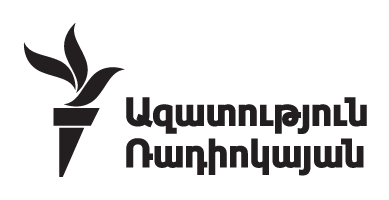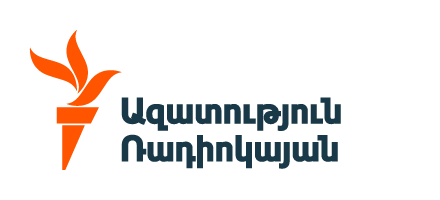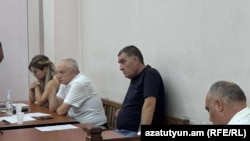The 28-year-old Sona Mnatsakanian was hit by the SUV while crossing a street in central Yerevan. The vehicle did not stop after the collision. Its driver, police Major Aram Navasardian, was twice arrested by investigators but freed by courts. The Armenian police did not fire or suspend him even after he went on trial in November 2022.
Mnatsakanian’s parents have repeatedly alleged an official coverup of the accident. They have pointed to investigators’ failure to prosecute any members of Pashinian’s security detail.
A Yerevan court convicted Navasardian in an initial ruling hailed by the victim’s family. The judge presiding over the trial, Karen Farkhoyan, is expected to announce the punishment on August 13.
The defendant is facing up to five years in prison. His lawyer, Ruben Baloyan, denounced the guilty verdict and said he will appeal against it. In his concluding remarks delivered during a court hearing on Tuesday, Baloyan again blamed the young woman for the deadly accident, provoking an angry reaction from her father present in the courtroom.
The court backed investigators’ conclusion that the police car driven by Navasardian raced through Yerevan at about 109 kilometers/hour (68 miles/hour), breaching a 100-kilometer/hour speed limit set by the government. Baloyan insisted that Navasardian did not drive over that limit.
At the same time, the defense lawyer declared that the speed of his was determined by other, more high-ranking officers who were in charge of Pashinian’s motorcade. Raffi Aslanian, the lawyer representing Mnatsakanian’s family, seized upon that statement.
“So maybe the guy was ordered to speed up,” Aslanian told journalists. “When listening to the concluding remarks of the defense lawyer, we got the impression that Aram Navasardian was made a scapegoat by those who were in charge of the convoy. If this is the case, then Aram Navasardian must testify whether he received instructions regarding the speed.”
Aslanian repeatedly demanded earlier that criminal charges be also brought against two senior bodyguards of Pashinian. Prosecutors rejected the demands, sparking more allegations of a coverup.
Aslanian on Wednesday also renewed his calls for law-enforcement authorities to investigate the disappearance of what would have been a key piece of evidence: the audio of radio conversations among security personnel that escorted Pashinian that day. Security services claim that they were not recorded due to a technical malfunction.
Opposition politicians and other critics have blamed Pashinian for the accident. The prime minister denied any responsibility for it during a July 16 news conference.
“Don’t you understand that it wasn’t my convoy, it was the bus of Armenia’s prime minister, to put it bluntly?” he said.
Pashinian’s limousine and six other cars making up his convoy drove past the dying woman.





